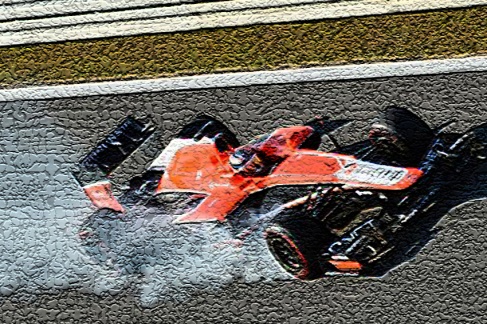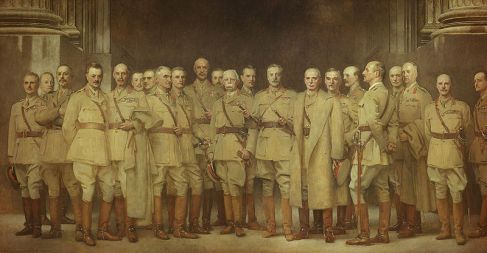
Third Man thought that his friends might not object to an explanation for the “oblique mood (or mode)” as the Master, Backwatersman, precisely described it, of much of his stuff. Especially when Brian, in a demonstration of unconditional loyalty in November tweeted; “Great to have (TM) back blogging. No real idea what he’s talking about, but never mind about that.” And David Mutton generously offered up an “Amen” to that.
Chris recently wondered; “what lies behind the ailing of other sections of the blogging world? Are podcasts and videocasts now the creative centre? Or has twitter condensed everything they need to say?” These are not quite the itches that TM has been trying to scratch as far back as the beginning of his blogging innings, but they are as close to a Broad bat as any ball can get without quite registering on a snickometer … so, straight to it.
In an article for the New Yorker in 2008 Zadie Smith, (Right Arm Surprisingly Fast) compares two novels, Netherland and Remainder . She reminds her readers that ‘novels attempt to cut neural routes through the brain, to convince us that down this road the true future of the novel lies.’*
She regrets that “A breed of lyrical Realism has had the freedom of the highway for some time now, with most other exits blocked. For Netherland, our receptive pathways are so solidly established that to read this novel is to feel a powerful, somewhat dispiriting sense of recognition.”
“(Lyrical Realism is) so precisely the image of what we have been taught to value in fiction that it throws that image into a kind of existential crisis, as the photograph gifts a nervous breakdown to the painted portrait.”
Her criticism is not full frontal. “In the end what is impressive about Netherland is how precisely it knows the fears and weaknesses of its readers. What is disappointing is how much it indulges them. Out of a familiar love, like a lapsed High Anglican, Netherland hangs on to the rituals and garments of transcendence, though it well knows they are empty.”
“…adjectival mania is still our dominant mode,” with adverb mania surely following not far behind.
Is this criticism not similarly applicable to writing about cricket, especially when online channels have facilitated the production of more and more words about the game?
It is not as if enthusiasts can’t switch on the their telly/laptop/tablet to see the match for themselves, mediated for them by ‘commentators’ who, laying down the mike, type in the self same words for those who may still want to read it later on-line or a day later in print.
There are straightforward (well grooved neural paths) that shape the way a point of view is communicated, an insight shared. To help transcendence, writers apply various degrees of symbolism: ‘Before lunch Jones bowled well and kept Brown to 20 runs in two hours,’ or ‘Jones, bowling like the wind, made life difficult for the ponderous Brown’. Are these not ‘the rituals and garments of transcendence’, exhausted by use?
Haven’t the telephoto lens on the thirty TV cameras situated around the Test match grounds today gifted a nervous breakdown to the cricket writer?
Smith envies the special neural paths etched by visual artists like Marcel Duchamp with works such as Fountain or The Bride Stripped Bare By Her Bachelors, Even (The Large Glass) (above) and those retraced by the subsequent abstractions his pioneering made possible.
“The received wisdom of literary history is that Finnegans Wake did not fundamentally disturb Realism’s course as Duchamp’s urinal disturbed Realism in the visual arts: the novel is made out of language, the smallest units of which still convey meaning, and so they will always carry the trace of the real.”
CLR James moved matters on, significantly, ‘Beyond a Boundary’. Electronic publication removes many of the barriers to exploring that territory and sending back posts. Expedition costs are minimal. Little damage can be done. But who adventures in Finnegan’s other wake?
In the final moments of the final episode of, Shock of the New in 1980, Richard Hughes, (left arm rapid and inspiration to Mitchell Johnson) said “The basic project of art is to make the world whole and comprehensible, to restore it to us in all its glory and its occasional nastiness, not through argument but through feeling, and then to close the gap between you and everything that is not you and in this way pass from feeling to meaning.”**
Now that’s a challenge no-one writing about cricket should resist.
“Bloody Hell, TM, I think I am the one needing a large glass after that,” said the Squire, wishing to bring matters to a close.
* The blog is littered with re-enactments and other imaginings, but a direct representation of this article was attempted here.
**Watch Richard Hughes live here: http://www.youtube.com/watch?v=ShV1h85dnkc













